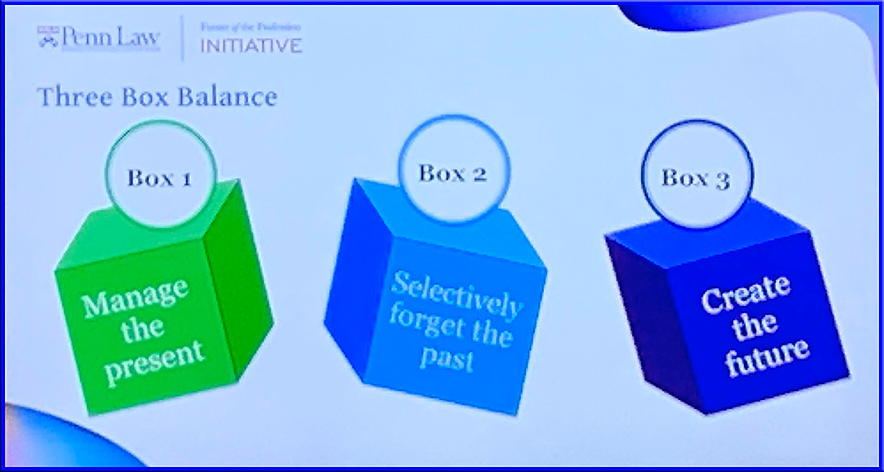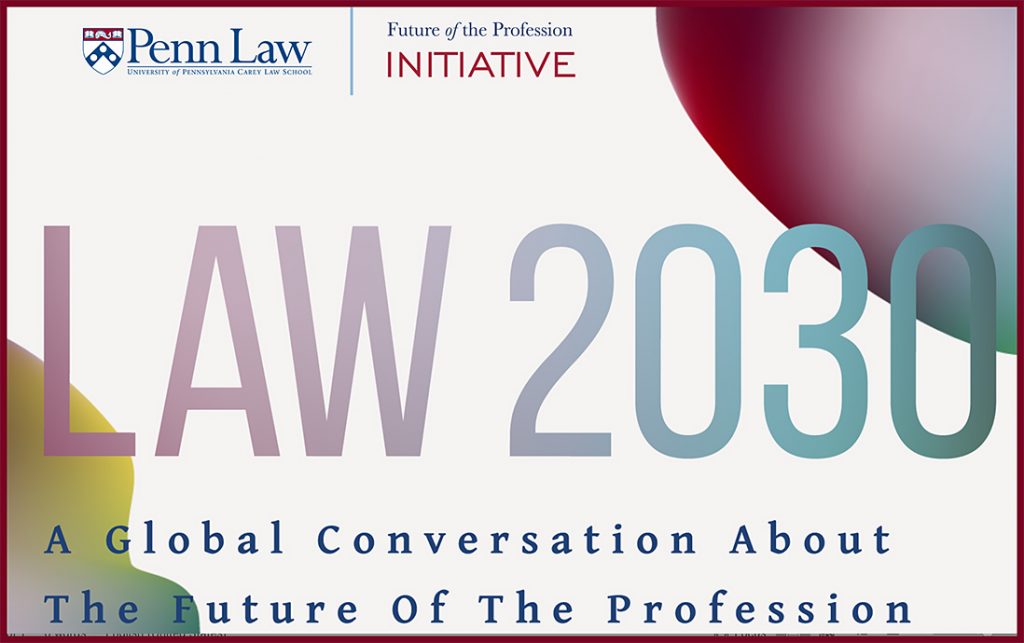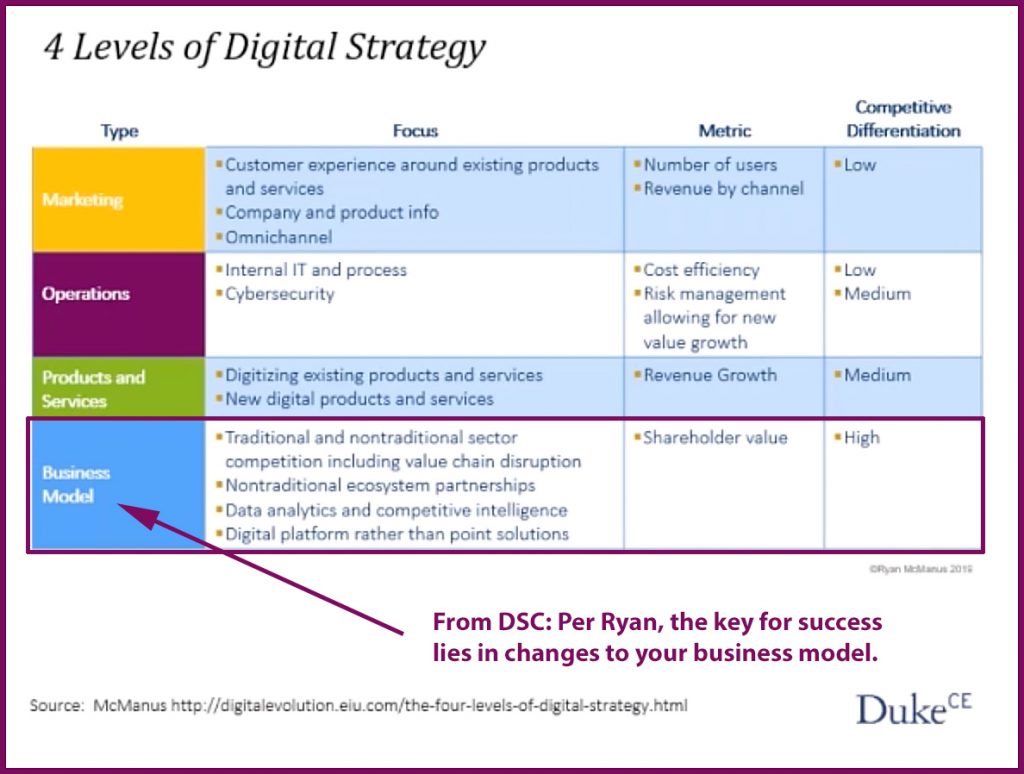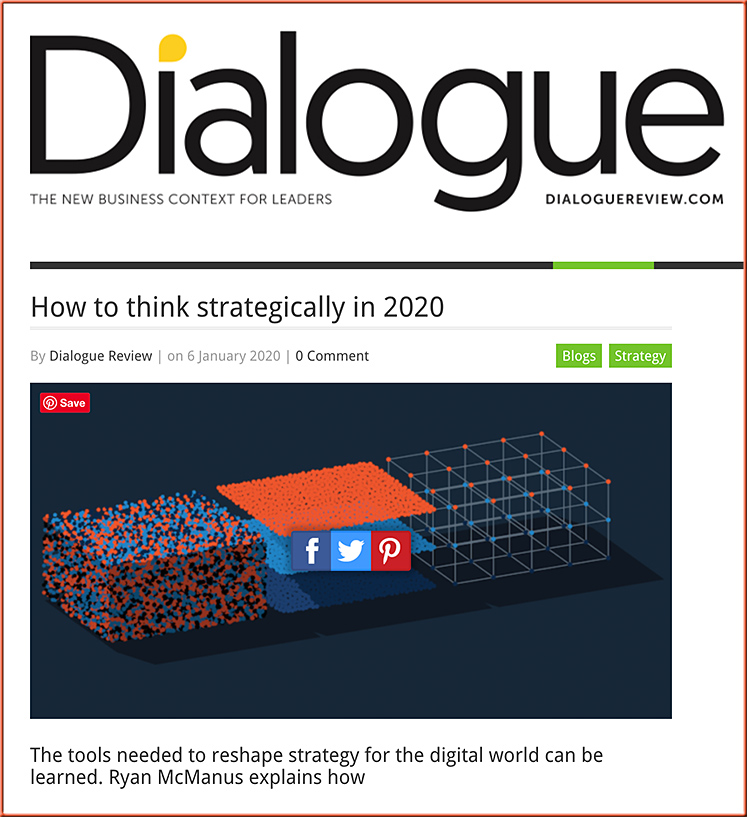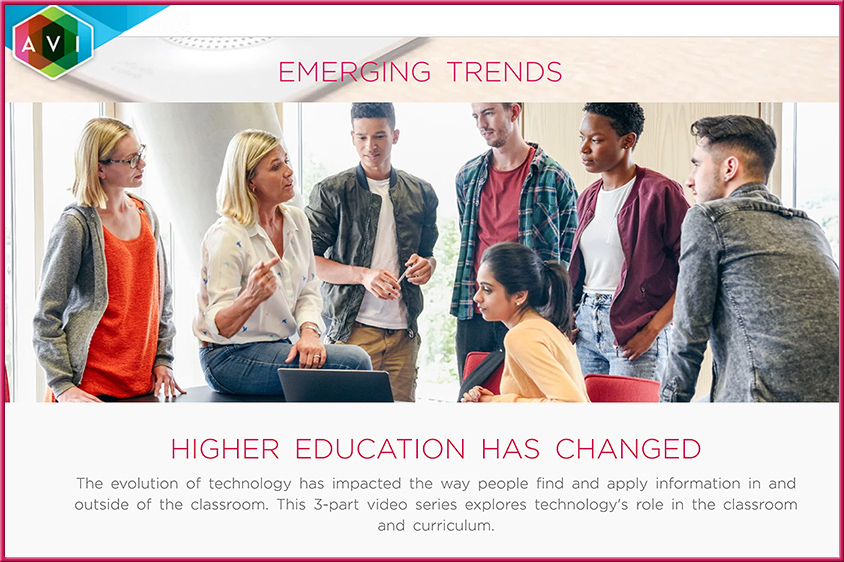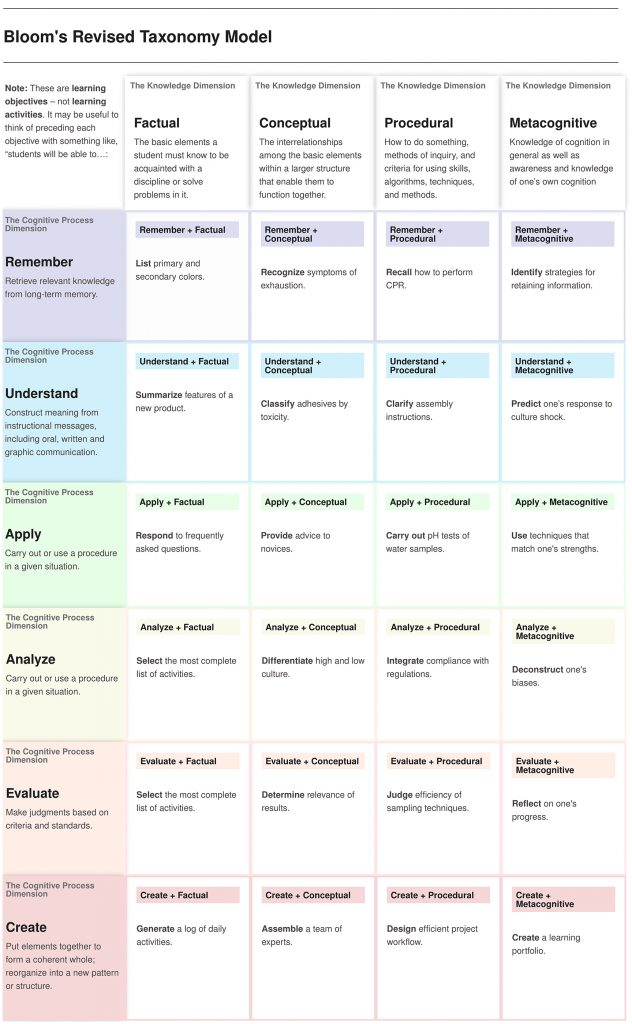American Bar Assn. President criticizes U.S. legal system as backward, resistant to change — from forbes.com by Patricia Barnes
Excerpt (emphasis DSC):
Judy Perry Martinez, president of the American Bar Association (ABA), has issued an unusually frank plea calling upon the legal profession to support reform of America’s backward legal system to better serve the public.
“We need new ideas,” said Martinez. “We are one-fifth into the 21st century, yet we continue to rely on 20th-century processes, procedures and regulations. We need to retain 20th-century values but advance them using 21st-century approaches that can increase access to justice.”
Martinez’ comments are contained in a letter appearing in the February-March 2020 issue of the ABA’s monthly magazine, The ABA Journal.
Martinez expressed frustration with resistance in the legal profession to state-level efforts to innovate in the provision of legal services.
Martinez was particularly critical of the lack of access to civil justice in the United States. She cited the World Justice Project’s ranking of the U.S. in the bottom tier with respect to access to and affordability of civil justice. She said the U.S. is tied for 99th place out of 126 countries. Additionally, Martinez said research by the Legal Services Corp. found that low-income Americans received inadequate or no professional legal help for 86% of their civil legal problems, including child custody, debt collection, eviction and foreclosure. She did not spare the criminal justice system. In many states, Martinez says, “overwhelming caseloads and inadequate resources for public defenders severely hamper the Sixth Amendment right to counsel for indigent criminal defendants.
From DSC:
I congratulate Judy Perry Martinez for her stance here, as she’s ultimately fighting for our society — especially for access to justice. Though I don’t know Judy, I appreciate the courage that it must have taken to pen that letter.

